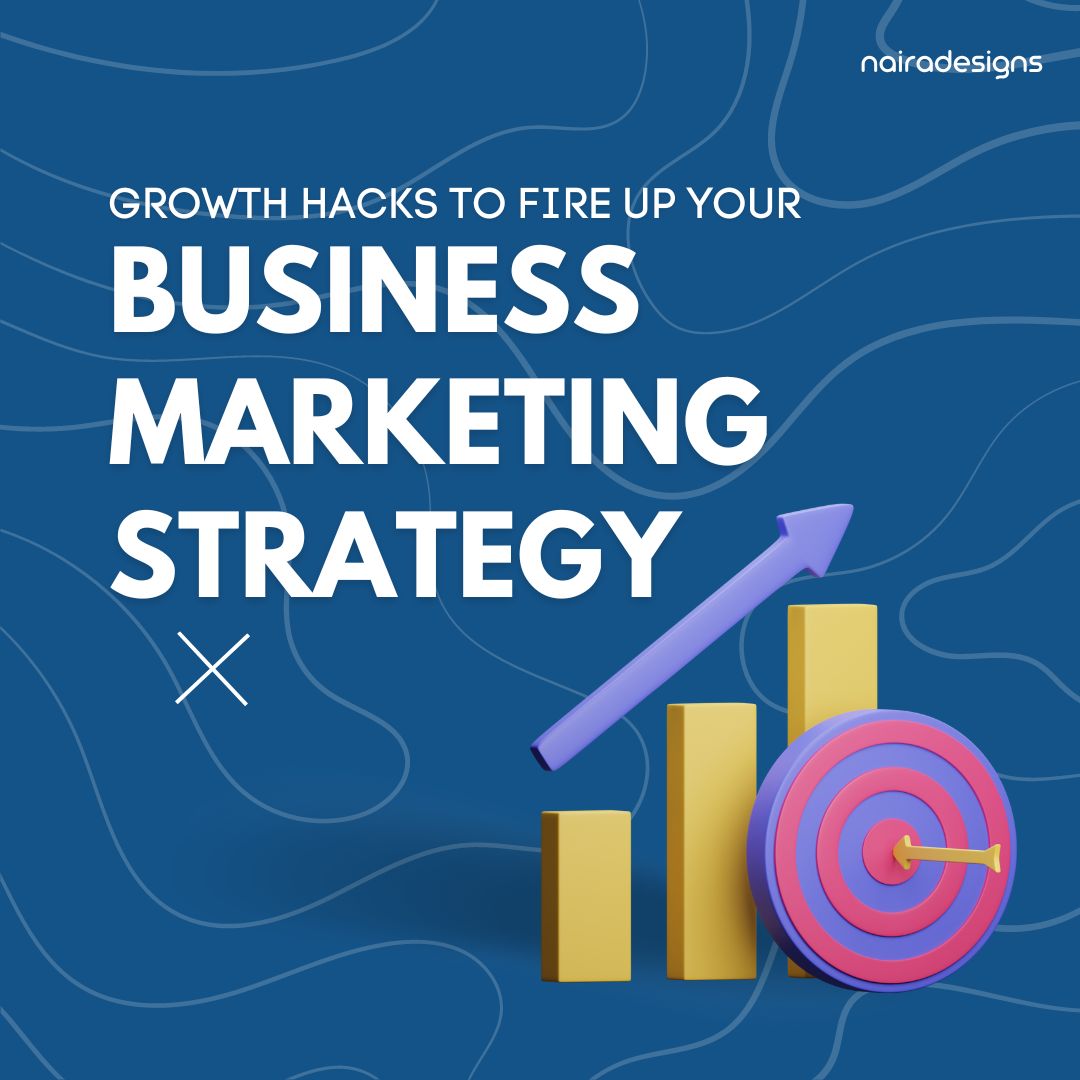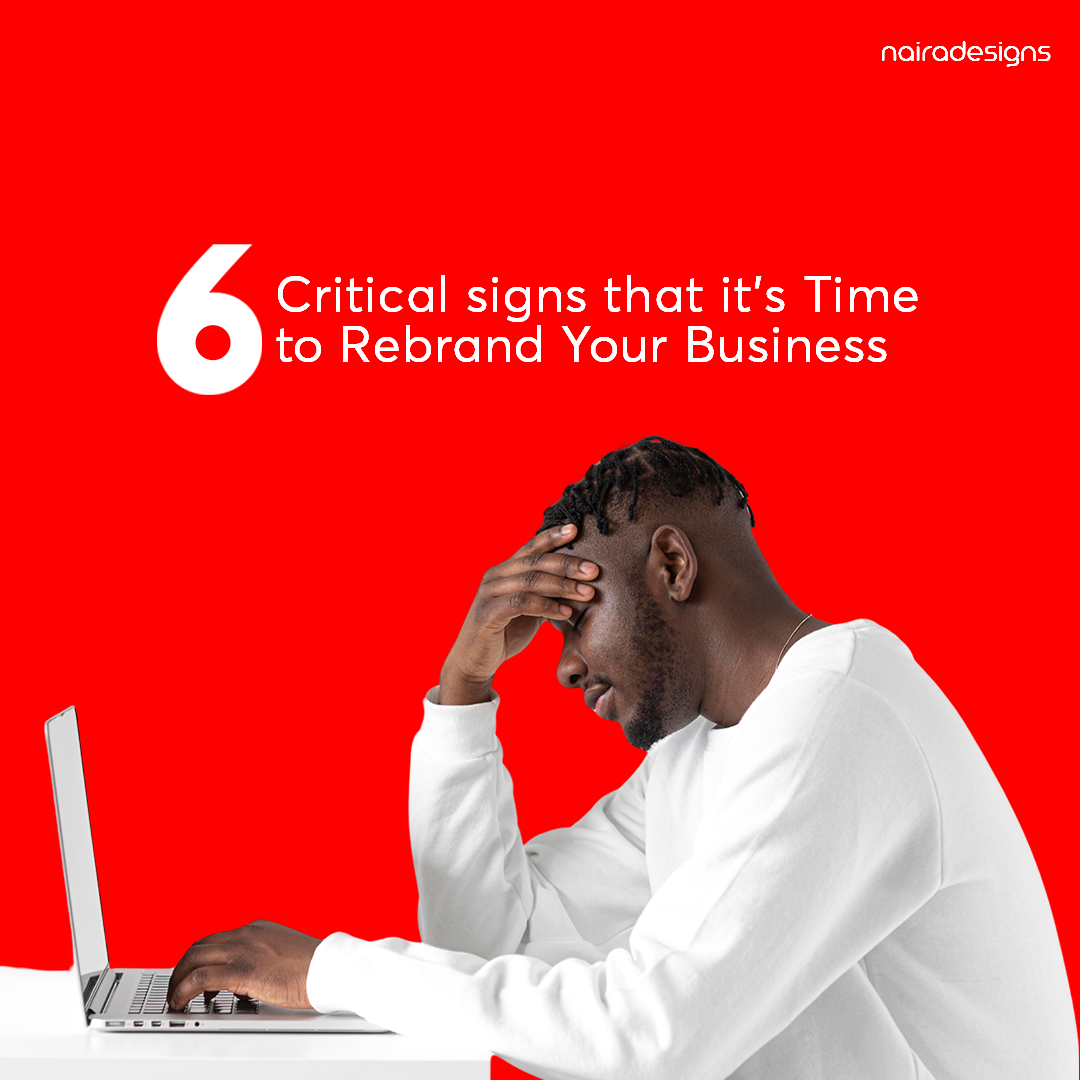
Are you looking for ways to generate more sales for your small business? Want to implement a successful sales and marketing funnel?
GetUpLift shares its tips for success in this infographic.
Here’s what they cover:
- A compelling offer
- Strong rapport with your audience
- Tech setup
- A traffic plan
- Data analysis
Check out the infographic for more information.
![5 Elements of a Successful Sales & Marketing Funnel [Infographic]](https://red-website-design.co.uk/wp-content/uploads/5-Elements-of-a-Successful-Sales-Marketing-Funnel.webp)
In the realm of sales and marketing, a well-designed funnel can be the difference between floundering in obscurity and thriving in success.
A sales and marketing funnel is a strategic approach that guides potential customers through a journey, from initial awareness to making a purchase decision. However, not all funnels are created equal, and understanding the key elements of a successful one is crucial for businesses looking to grow and prosper.
In this blog post, we’ll explore the five essential elements of a successful sales and marketing funnel.
A Compelling Offer
At the heart of every successful sales and marketing funnel lies a compelling offer. This offer serves as the catalyst that captures the attention and interest of your target audience. Whether it’s a product, service, or solution to a problem, your offer needs to be irresistible enough to prompt action.
To create a compelling offer, it’s essential to understand your audience’s pain points, desires, and motivations. What problems are they facing, and how can your offer provide a solution? Conducting market research, surveys, and customer interviews can help uncover valuable insights that inform your offer development process.
Additionally, your offer should communicate its value proposition and benefits. What sets your offer apart from the competition, and why should potential customers choose you? Whether it’s cost savings, time efficiency, or unique features, highlighting the benefits that resonate most with your audience is key.
Finally, consider incorporating elements of urgency and scarcity into your offer to prompt immediate action. Limited-time promotions, exclusive bonuses, or inventory scarcity can create a sense of FOMO (fear of missing out) that drives conversions.
Strong Rapport with Your Audience
Building a strong rapport with your audience is essential for nurturing relationships and fostering trust throughout the sales and marketing funnel. When potential customers feel connected to your brand on a personal level, they’re more likely to engage with your content, consider your offers, and ultimately make a purchase.
One way to build rapport with your audience is through authentic and meaningful communication. Share stories, insights, and behind-the-scenes glimpses that humanize your brand and resonate with your audience’s values and aspirations. Social media platforms, email newsletters, and blog posts are excellent channels for fostering this connection.
Additionally, prioritize customer service and support to demonstrate your commitment to customer satisfaction. Promptly address inquiries, resolve issues, and solicit feedback to show that you value your customers’ opinions and experiences.
Another effective strategy for building rapport is to provide valuable content that educates, entertains, or inspires your audience. Whether it’s how-to guides, industry insights, or customer success stories, delivering content that adds value to your audience’s lives helps position your brand as a trusted authority in your niche.
A robust tech setup is essential for optimizing and automating various aspects of your sales and marketing funnel. From capturing leads to tracking conversions, leveraging the right tools and technologies can streamline processes, improve efficiency, and enhance overall performance.
At the core of your tech setup should be a reliable customer relationship management (CRM) system. A CRM allows you to centralize customer data, track interactions, and segment your audience for targeted marketing campaigns. Popular CRM platforms like Salesforce, HubSpot, and Zoho offer a range of features designed to support sales and marketing efforts.
In addition to a CRM, consider implementing marketing automation software to streamline repetitive tasks and workflows. Automation tools enable you to send personalized emails, schedule social media posts, and trigger follow-up actions based on user behaviour, saving time and resources while maximizing engagement.
Furthermore, ensure that your website is optimized for lead generation and conversion. Use landing pages, pop-up forms, and call-to-action buttons strategically placed throughout your site to capture visitor information and guide them through the funnel. Investing in user-friendly design, fast loading times, and mobile responsiveness can also improve the overall user experience and drive conversions.
A Traffic Plan
No sales and marketing funnel can succeed without a steady stream of traffic flowing through it. A traffic plan outlines the strategies and tactics you’ll use to attract visitors to your website or landing pages, where they can engage with your content and offers.
When developing a traffic plan, it’s essential to consider both paid and organic channels. Paid advertising platforms like Google Ads, Facebook Ads, and LinkedIn Ads allow you to target specific demographics, interests, and behaviors to reach your ideal audience. Experiment with different ad formats, messaging, and targeting parameters to optimize your campaigns for maximum ROI.
In addition to paid advertising, focus on optimizing your website and content for search engines to attract organic traffic. Conduct keyword research to identify relevant search terms and topics within your niche, then create high-quality, SEO-friendly content that addresses your audience’s needs and interests. Regularly publishing blog posts, articles, and videos can help improve your site’s visibility and rankings in search engine results pages (SERPs).
Don’t overlook the power of social media as a traffic generation tool. Establish a presence on platforms frequented by your target audience, such as Facebook, Instagram, Twitter, and LinkedIn, and share valuable content that encourages engagement and sharing. Participating in relevant groups, communities, and conversations can also help expand your reach and drive traffic back to your website.
Data Analysis
Data analysis is the backbone of any successful sales and marketing funnel, providing valuable insights into the performance and effectiveness of your strategies and campaigns. By tracking key metrics and analyzing user behavior, you can identify areas for improvement, optimize your tactics, and maximize your return on investment.
Start by defining clear goals and KPIs (key performance indicators) that align with your overall business objectives. Whether it’s lead generation, conversion rate, customer acquisition cost, or lifetime value, establishing benchmarks allows you to measure progress and gauge success accurately.
Utilize analytics tools like Google Analytics, Facebook Insights, and CRM dashboards to track and monitor relevant metrics in real-time. Pay attention to metrics such as website traffic, bounce rate, time on page, email open rates, click-through rates, and conversion rates to assess the performance of your funnel at each stage.
In addition to quantitative data, don’t forget to gather qualitative feedback from your audience through surveys, interviews, and social media listening. Understanding the motivations, preferences, and pain points of your customers can provide invaluable insights for refining your messaging, offers, and overall strategy.
Finally, regularly review and analyze your data to identify trends, patterns, and opportunities for optimization. Experiment with different approaches, A/B test variations, and iterate based on feedback and results to continually improve the effectiveness of your sales and marketing funnel.
Conclusion
In conclusion, a successful sales and marketing funnel comprises several essential elements that work together to attract, engage, and convert leads into customers.
By focusing on crafting a compelling offer, building rapport with your audience, implementing a robust tech setup, developing a comprehensive traffic plan, and leveraging data analysis, businesses can create a funnel that drives sustainable growth and long-term success.
By prioritizing these elements and continuously refining your approach based on feedback and insights, you can maximize the effectiveness of your sales and marketing efforts and achieve your business objectives.




